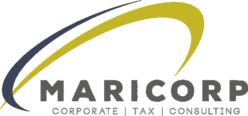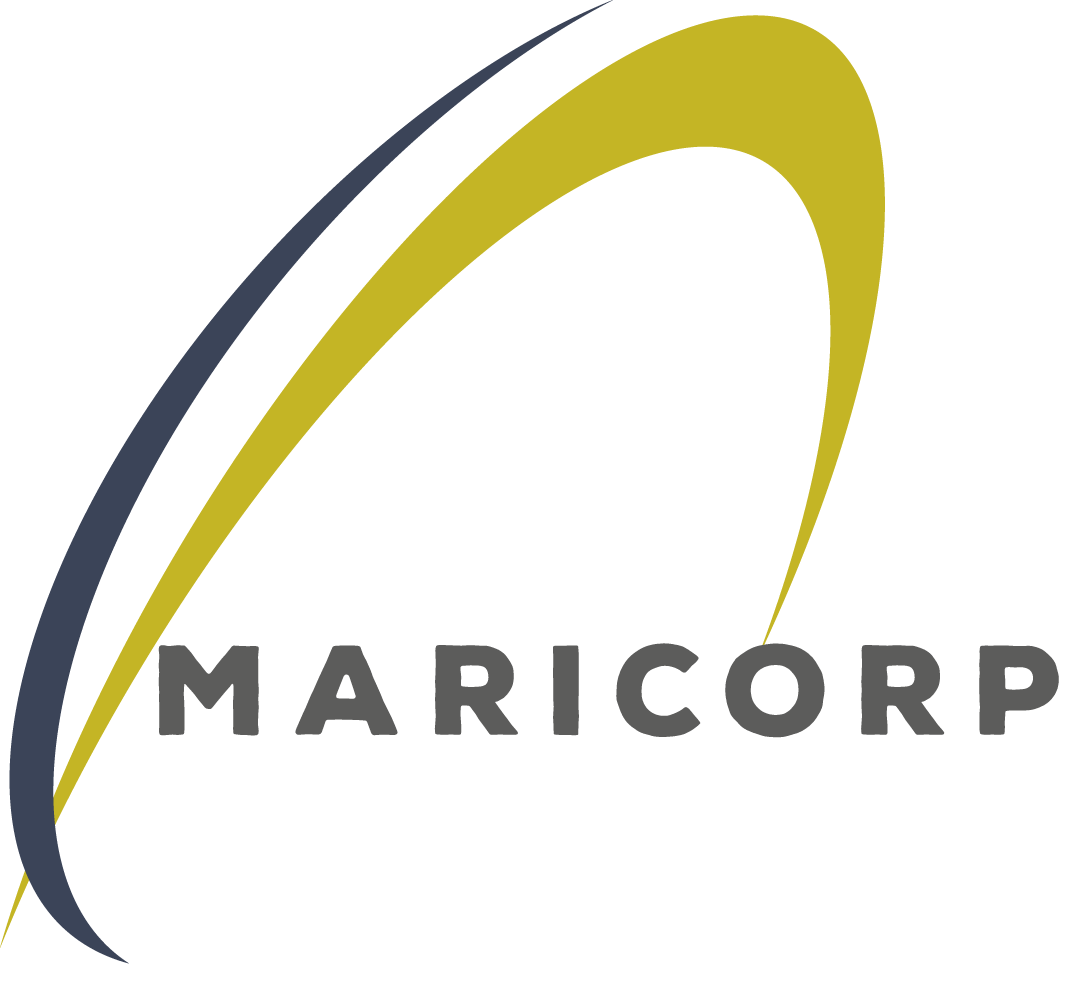Income Tax Law
Article 9(1) of the Income Tax Law N118(1)/2002 until 2021 as amended states that:
“For the purpose of ascertaining the chargeable income of any person there shall be deducted all outgoings and expenses wholly and exclusively incurred by such person in the production of income. These include-
…
(k) An amount of 80% of the qualifying profits generated by a qualifying intangible asset: a person may for each tax year deduct all or part of the deduction granted under this paragraph:
In case that upon calculation of the qualifying profits, a loss arises, the amount of such loss which may be offset and transferred in accordance with the provisions of Article 13 shall be limited to a rate of 20%
…
Furthermore, for the purposes of applying the provisions of this paragraph, the Council of Ministers issue regulations concerning the calculation of the qualifying profits and the determination of the qualifying assets
…
(l) Any expense for the acquisition or development of the qualifying intangible asset, carried out by the person carrying out a business in respect of which the Commissioner has satisfied himself that it has been made for the benefit of the business:
It is understood that any such charge referred to in this paragraph which is of a capital nature is allocated to the intangible asset’s useful life in a reasonable manner according to acceptable accounting principles with a maximum period of twenty years – the person may for each tax year choose full or part of the deduction granted under this paragraph
…
It is further understood that, discount amounts granted under this paragraph but have not been claimed, shall be distributed equally and may be claimed in the remaining time period and right of deduction arising due distribution from previous years which is not claimed is also allocated equal and may be claimed in the remaining period of time.
The Regulations issued by the Council of Ministers in relation to Article 9 state that:
3.-(1) Qualifying intangible asset means an asset acquired, developed or exploited by a person in the context of exercising a business and which is regarded as intellectual property with the exception of intellectual property linked to marketing and which is the result of research and development activities and includes an intangible asset for which there is only economic ownership.
3.-(2) Qualifying intangible assets are:
…
(ii) computer software programs
4.(1) Qualifying profits mean the amount resulting by applying the following formula:
QE+ UE x QA
OE
…
(2) For the purposes of this Regulation
(a) Qualifying expenditure for a qualifying intangible asset is the sum of the total Research and Development costs incurred during any tax year wholly and exclusively for the development, improvement, or creation of the qualifying intangible asset and which are directly related to the qualifying intangible asset.
(b) Qualifying expenditure includes but is not limited to:
(i) wages and salaries
(ii) direct costs
(iii) general costs associated with the use of premises used for Research and Development
(iv) expenditure for commissions related to research and development activities
(v) expenditure related to research and development activities which has been outsourced to non related parties
But excludes-
(i) cost of acquisition of the qualifying intangible asset
(ii) interest payable or that has been paid
(iii) cost relating to the acquisition or construction of immovable property
(iv) amounts paid or payable directly or indirectly to a related party relating to research and development activities regardless of whether these amounts relate to a cost contribution agreement.
(v) cost which cannot be proved to be directly attributed to a specific qualifying intangible asset:
…
(e) Overall income deriving from the qualifying intangible asset means the gross income earned in the tax year reduced by the direct costs for the production of that income.
(st) Overall income includes but is not limited to the following:
(i) right of use or other amounts in relation to the use of the qualifying intangible asset
(ii) any amount for granting permission to operate the qualifying intangible asset
(iii) any amount resulting from insurance or compensation in relation to the qualifying intangible asset
(iv) proceeds from the disposal of the qualifying intangible asset, excluding capital gains;
(v) embedded income of qualifying intangibles asset arising from the sale of goods, services or from the use of any processes directly related with the qualifying intangible asset





